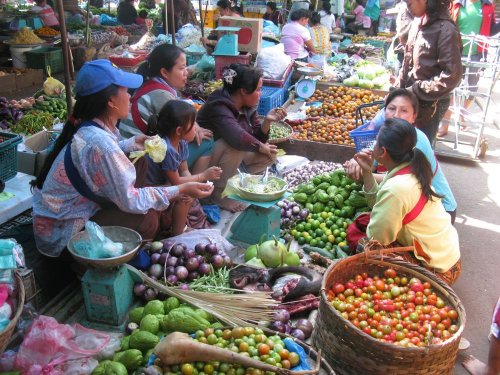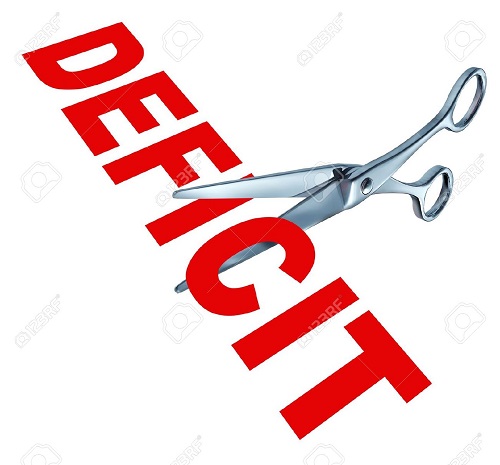Lao Govt Explains Main Reasons For Rising Debt Burden
Source: Vientiane Times
The government has cited five reasons for its spiralling public debt over the past five years, which is continuing even though measures have been introduced to address it.
Speaking at the National Assembly recently, Deputy Prime Minister and Minister of Finance, Mr Somdy Duangdy, outlined the key challenges and the measures needed to minimise public debt over the next five years.
The first reason for the surge in financial liability was the huge loans taken on to finance the construction of hydropower projects, which significantly fuelled public debt.
Secondly, a large number of loans were ploughed into projects that did not yield economic returns or generate income so the government could repay its debts. These projects were unproductive and did not yield the results anticipated.
Over the past years, a large portion of the budget has been used to buy vehicles and build public offices, which required the government to spend even more money on maintenance.
This was in contrast to Japan and other developed countries where loans were used to build factories and other productive facilities. This meant that when the factories became operational revenue was generated, enabling governments to repay the borrowed money.
Thirdly, the chronic fiscal deficit led the government to issue bonds and borrow more money to address budget shortages.
The country’s debt burden further ramped up because the government had to source more funding to repay the loan principal and interest. In addition, fluctuations in currency exchange rates affected the government’s ability to service its debts because most loans were made in foreign currencies, notably the Thai baht and US dollar.
Fourth, government bodies in Vientiane and the provinces frequently failed to sufficiently analyse and prioritise development projects before requesting loans to carry them out.
Consequently, many of the projects for which loans were obtained were seen to be unnecessary and unproductive.
Critics say all government sectors attempted to source more loans without considering how they would repay the money at a later date.
Fifth, the shortfall in revenue over many years has severely limited the government’s financial liquidity, making it difficult to set aside money for the payment of debts.

Say goodbye to sugar and calories, and hello to fresh sparkling hydration at home or on-the-go !
According to the World Bank’s Lao Economic Monitor unveiled in June, public debt is expected to rise to around 65 percent to 68 percent of GDP in 2020, leaving Laos at high risk of debt distress.
Over the past five years, the government has attempted to reduce the number of loans to ease the country’s financial pressures.
Loans sourced for development projects plummeted from US$3 billion in 2016 to US$261 million in 2019.
The government is committed to lowering the fiscal deficit and cutting spending on non-essential projects that do not guarantee economic returns.
Other measures to reduce the debt burden include converting debt into capital, selling state assets, and selling shares in state enterprises in the hope of sufficiently addressing the country’s liabilities and obligations.






